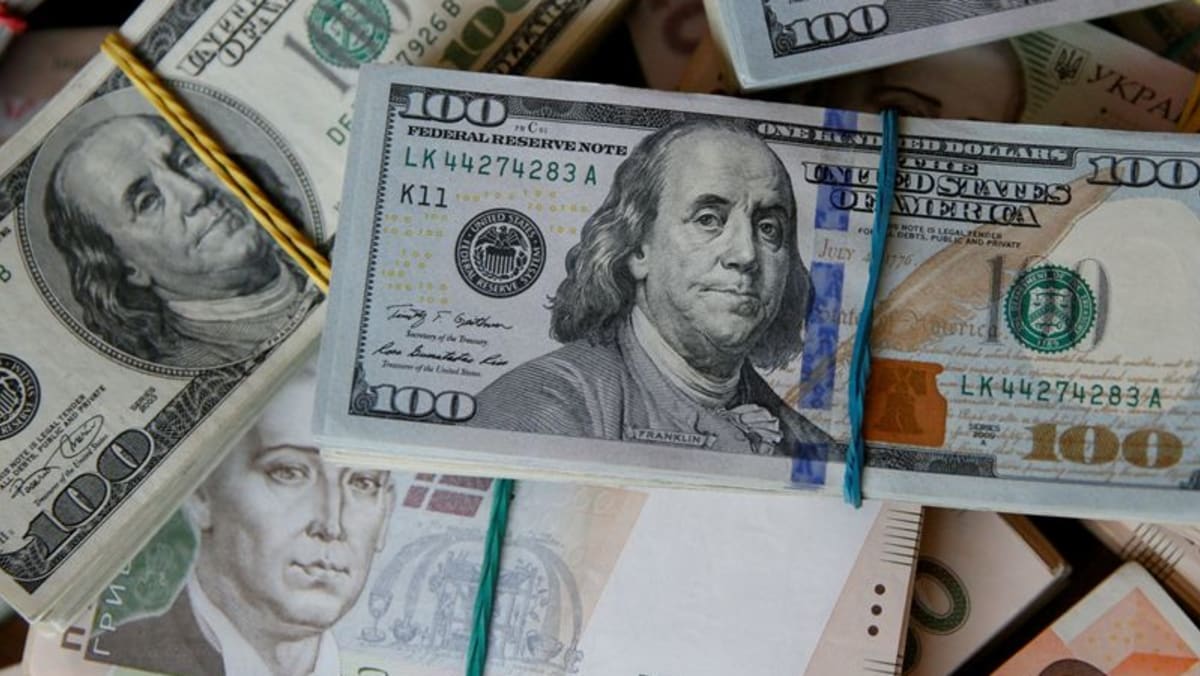Meanwhile, Ukraine struck an agreement that gives the United States preferential access to new Ukrainian mineral deals and which funds investment in the nation’s reconstruction.
Since Trump’s return to the White House, the greenback is down more than 9 per cent against a basket of major currencies as investors pull back from owning US assets.
Some experts warn against associating the strength of the dollar with its reserve-currency status. Yet historically, dollar holdings have been linked to security alliances and military ties to Washington.
Transactions with the US dollar continue to dominate all segments of the FX market, said Pyshnyi, but the share of euro-denominated transactions has been rising in most segments, though “so far moderately.” He did not elaborate.
Ukraine launched the hryvnia in 1996, and over the decades, it has used the dollar as the reference currency.
Immediately after Russia’s invasion in February 2022, the central bank imposed capital controls and pegged the hryvnia at an official rate of about 29 to the US. dollar. Ukraine was forced to devalue later due to a buildup of fiscal imbalances.
In October 2023, the central bank moved from a firm peg to a managed exchange-rate regime that uses the US dollar as the reference, the gauge to measure FX interventions and for smoothing fluctuations in the exchange rate.
EU MEMBERSHIP TALKS FOR UKRAINE AND MOLDOVA
The EU opened membership talks with Ukraine and Moldova nearly a year ago, although a long and tough road lies ahead before they can join the bloc. EU President Ursula von der Leyen said in February that Ukraine could be in by 2030, provided it continued to enact reforms to its political and judicial system at the current pace.
In preparation, Moldova switched its reference currency for the Moldovan lei to the euro from the dollar on Jan. 2.
A revival of investment and consumer activity thanks to closer links with Europe and economic normalisation would help economic growth pick up slightly over the next two years to 3.7-3.9 per cent, Pyshnyi said, though much of the economic trajectory depends on how the conflict develops.
“A quick end to the war would clearly be a positive scenario with good economic outcomes if it were to incorporate security guarantees for Ukraine,” Pyshnyi said.
“Nevertheless, it’s crucial to acknowledge that the economic benefits of ending the war would likely take time to fully materialise.”
Ukraine is relying on external financing to help fund the war effort. Pyshnyi said he expected $55 billion this year which would not only cover the budget deficit but also be used to set aside a public-finance reserve for the coming years, when aid volumes were likely to start declining.
“We project Ukraine will receive about $17 billion in 2026 and $15 billion in 2027,” said Pyshnyi.
